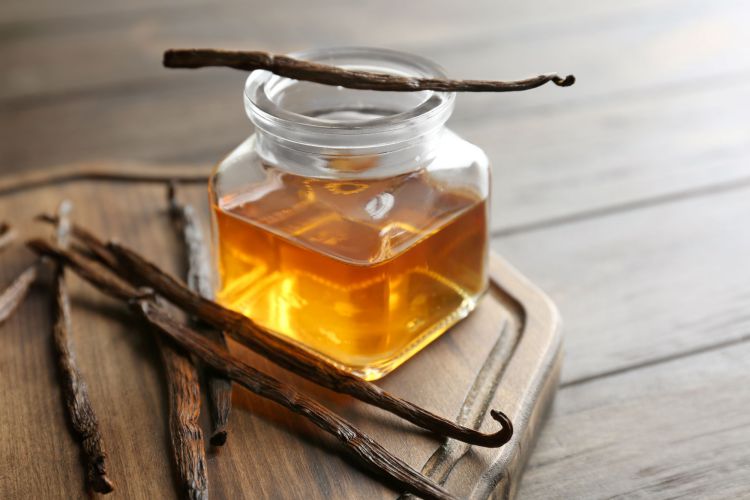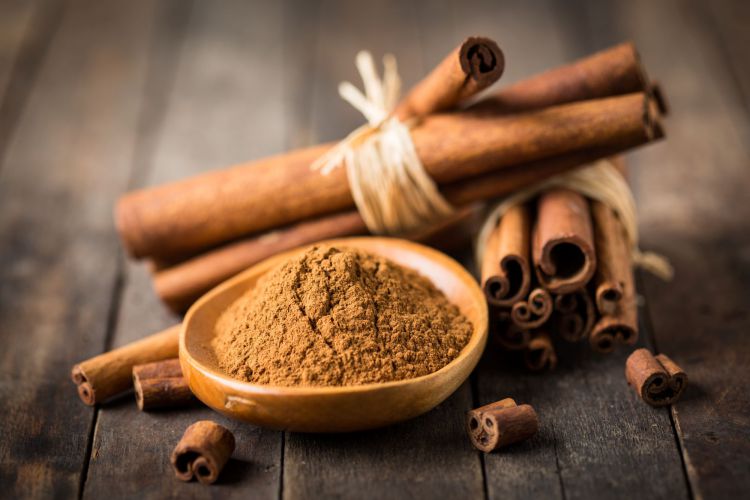 Extracts and spices are the secret ingredients that transform a good bake into a great one. They add depth, aroma, and a world of flavor to baked goods. This article aims to guide readers on how to master the art of using these essential ingredients.
Extracts and spices are the secret ingredients that transform a good bake into a great one. They add depth, aroma, and a world of flavor to baked goods. This article aims to guide readers on how to master the art of using these essential ingredients.
Importance Of Extracts In Baking
Extracts are concentrated flavorings that are derived from the essential oils of plants. They are used to add a specific flavor to baked goods without adding additional ingredients that may affect the texture or moisture content of the dish.
In baking, they provide a burst of flavor in a concentrated form, allowing bakers to infuse their creations with a specific taste without altering the consistency of the dough or batter.
Commonly Used Extracts In Baking
To create flavorful baked goods, it’s essential to understand the commonly used extracts in baking and their unique flavor profiles.
- Vanilla Extract: This extract, derived from vanilla beans like those sourced by Vanilla Bean Kings, is the most commonly used in baking. It imparts a sweet, creamy flavor that enhances other ingredients. It’s a staple in cakes, cookies, and pastries.
- Almond Extract: This extract has a strong, sweet, and nutty flavor. It’s often used in recipes for pastries, cookies, and cakes, especially those that include almonds or cherries.
- Lemon Extract: Made from lemon oil, this extract provides a tangy citrus note. It’s often used in recipes for lemon cakes, cookies, and other baked goods that benefit from a bright, citrus flavor.
- Peppermint Extract: This extract adds a cool, refreshing flavor. It’s often used in mint chocolate chip cookies, peppermint brownies, and other recipes that call for a minty flavor.
With a clear understanding of these extracts, you can add depth and complexity to your baked goods, making each bite a flavorful delight.
Tips For Using Extracts In Baking
To make the most out of extracts in baking, here are some practical tips to guide you.
- Precise Quantities: Extracts are potent, so a little goes a long way. Always measure them carefully to avoid overpowering the other flavors.
- Adding Extracts: Typically, extracts are blended with the wet ingredients of a recipe. This method ensures the flavor is evenly dispersed throughout the baked goods.
- Storage: Keep extracts in a cool, dark place. This practice helps preserve their intense flavors.
- Shelf Life: Although extracts have a lengthy shelf life, their flavor can diminish over time. Consider replacing them every 3-4 years for optimal taste.
- Taste Test: If safe, taste the batter or dough before baking. This step can help determine if an additional splash of extract is needed.
By applying these tips, you can skillfully incorporate extracts into your baking, adding a burst of flavor to every bite.
 Importance Of Spices In Baking
Importance Of Spices In Baking
Spices are typically derived from various plant parts such as seeds, fruits, roots, or bark. They are chiefly used to enhance flavor, add color, or preserve food. In the realm of baking, spices hold a pivotal role.
They can enhance the taste of other ingredients, add depth and complexity, and bring warmth and richness to recipes. For instance, a simple sugar cookie can be transformed into a spiced delight with the addition of nutmeg.
Moreover, spices can create a sensory experience that goes beyond taste. The aroma of spices like cinnamon can evoke memories and feelings of comfort.
Commonly Used Spices In Baking
Understanding the flavor profiles of commonly used spices in baking is key to creating delicious and aromatic baked goods.
- Cinnamon: Derived from tree bark, cinnamon has a sweet, warm flavor. It’s versatile and used in various baked goods like cinnamon rolls and apple pies.
- Nutmeg: Nutmeg offers a unique, slightly sweet flavor, similar to a mix of cinnamon and pepper. It’s used in cakes, muffins, sweet breads, and eggnog.
- Ginger: Used fresh or dried, ginger adds a spicy kick to cookies, cakes, and bread. It’s the main ingredient in gingerbread cookies and gingersnaps.
- Cloves: With a strong flavor and aroma, cloves are used sparingly in recipes like pumpkin pie, spice cakes, and gingerbread.
- Cardamom: Cardamom, sweet and spicy, is often used in Scandinavian baking and pairs well with fruits like apples and oranges.
Each of these spices, with their unique flavors, contributes to the taste and aroma of baked goods, enhancing the overall sensory experience of baking and eating.
Tips For Using Spices In Baking
Mastering the use of spices in baking can elevate your culinary creations, and the following tips will guide you on how to do it effectively.
- Correct Measurement: Accurate measurement of spices is crucial. Too much can overpower the dish, while too little might make it bland. Use measuring spoons for precision.
- Adding Spices: Timing is key when adding spices. For most recipes, add them with dry ingredients to ensure even distribution.
- Storage: Store spices in a cool, dark place. Heat, light, and moisture can cause them to lose their flavor.
- Shelf Life: Spices don’t spoil, but they lose their strength over time. Ground spices typically stay fresh for six months to a year, while whole spices can last up to two years.
- Freshness: Whenever possible, grind whole spices at home. Freshly ground spices have a stronger, more robust flavor than pre-ground ones.
By following these tips, you can enhance the flavor of your baked goods and truly make the most of your spices.
Conclusion
Mastering the use of spices and extracts in baking can transform your pantry from ordinary to extraordinary. These ingredients add depth, complexity, and a world of flavor to your baked goods. By understanding their unique flavor profiles and learning how to use them effectively, you can create baked goods that are not only delicious but also a delight to the senses.




